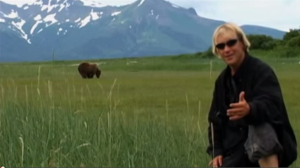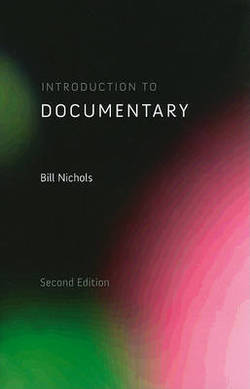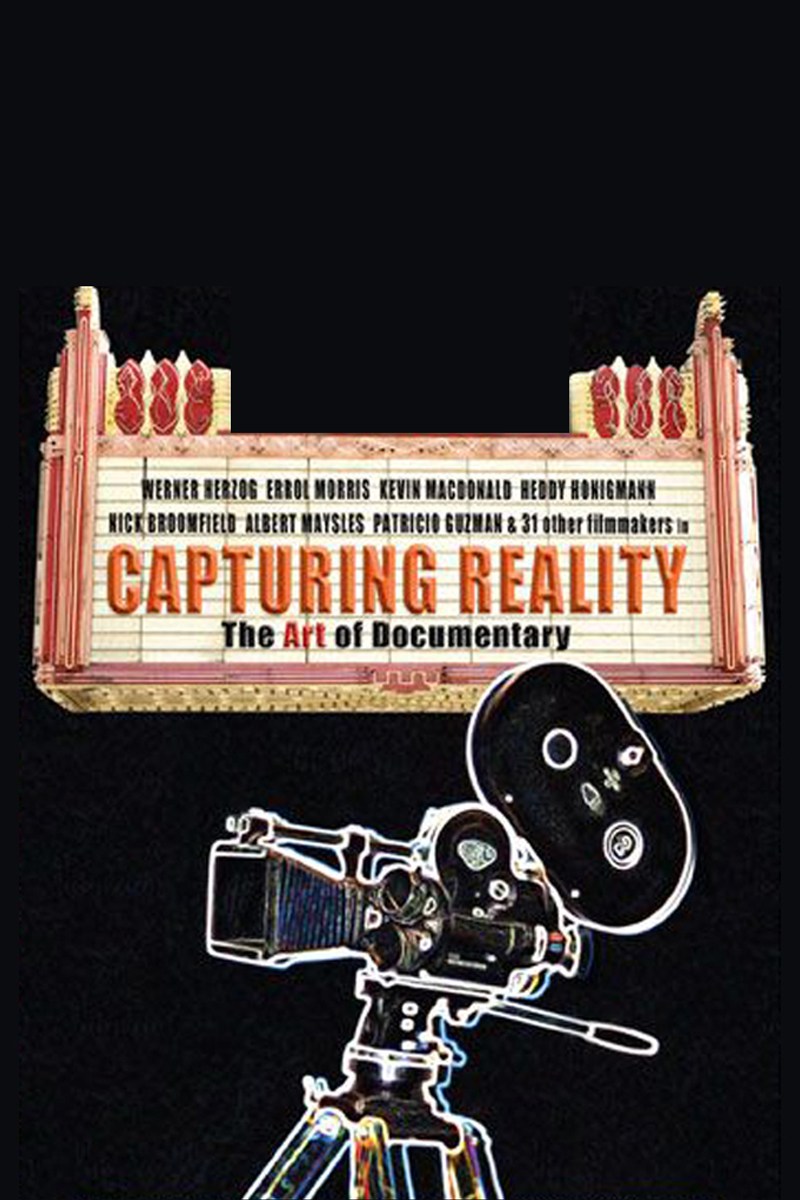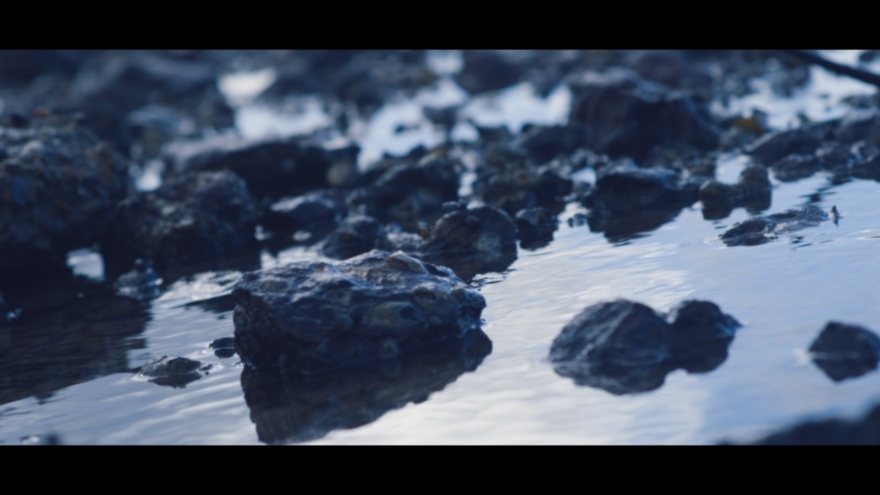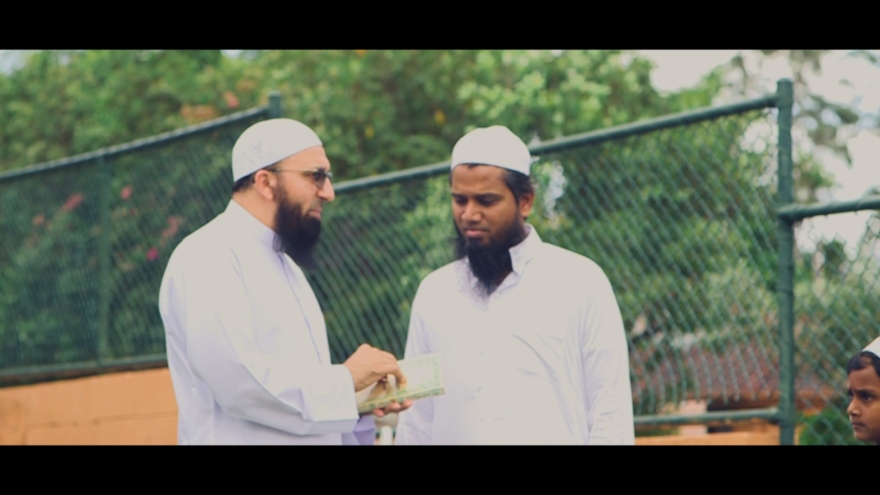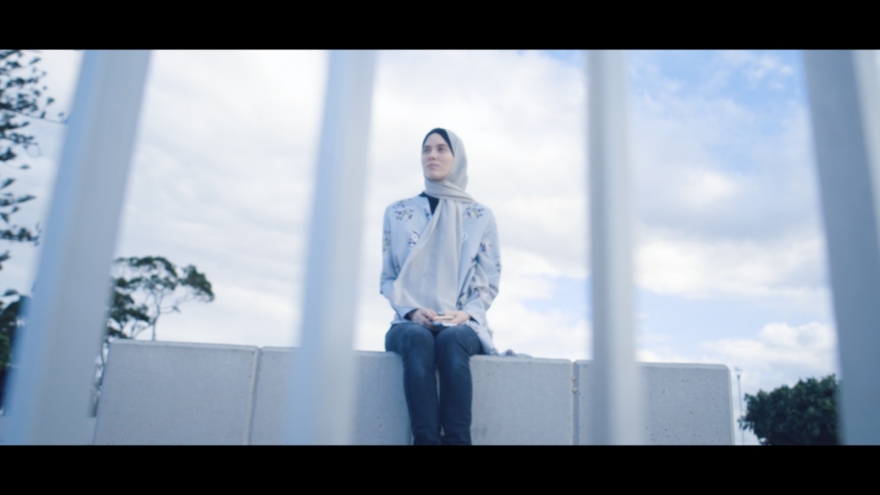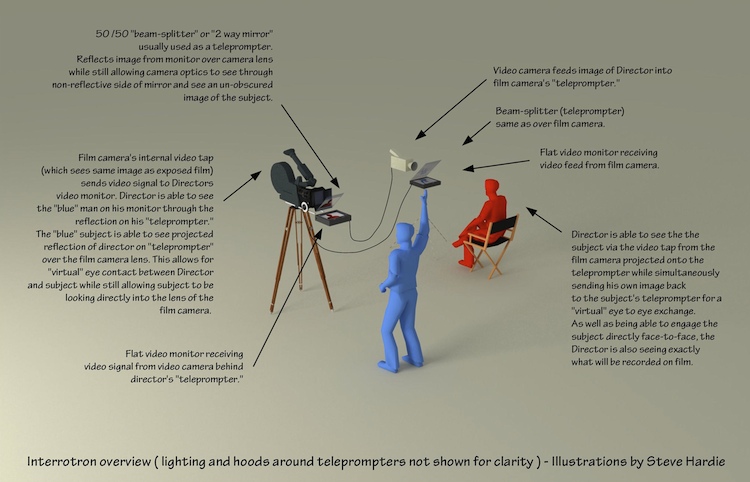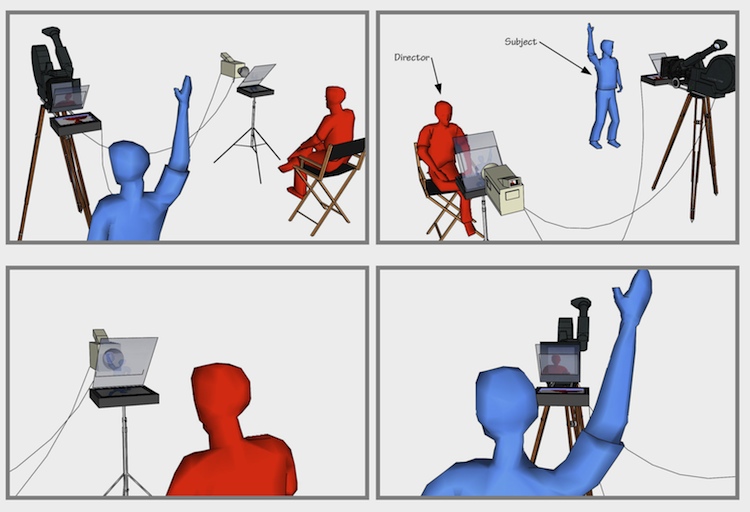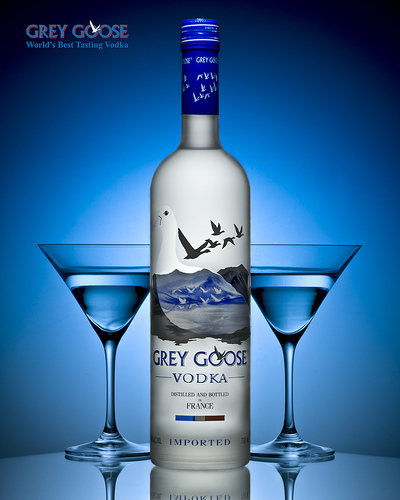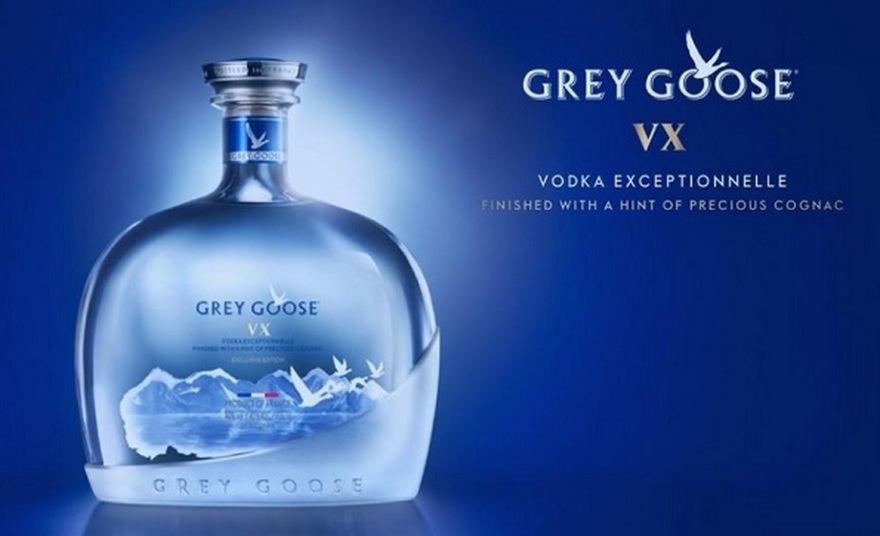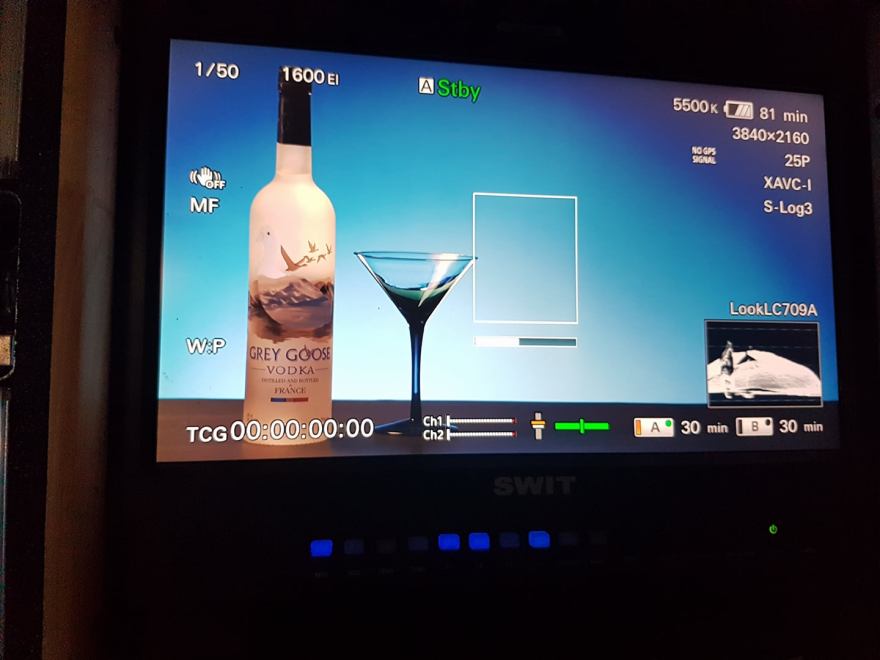Well, this will be my last blog post for this trimester and although I am excited to finish the trimester a part of me is a bit gloomy knowing that I won’t be having Scott as my client. With a lot of client meetings, feedbacks, learning new things and being told that in a real-life scenario I would have to “go away” this trimester had it all and will always be one of the memorable ones for me.
Without taking too emotional I should start with my blog, As our major project, we were told to either come up with a TVC or a music video. Me being a musician who was absent from the scene for two years found this as the best opportunity to kill two birds with one stone.
WE HAVE A CLIENT
The thing that really made this trimester different from the other ones was that we were given the taste of how real-life projects work when you have a client involved before this it was always very simple we came up with the idea we made something and asked our lecturers for feedback and then it was up to us either to implement them or not and feedback meetings weren’t so crucial as at the end of the day we were graded for what we made.
This tri we were told that Scott will be acting as a client and we were to be attending client meetings take regular feedback and suggestion imply it on our product and to reflect those changes and if they were not going to work give a proper rational reason and alternate options.
Along with that, we were also taught the importance of client employee relation and how to manage your work provide updates meet deadlines and be always transparent with your workflow. Before this trimester it was not as crucial to update your workflow and schedules but this trimester taught us how to successfully run your own production house and how to work as a team.
PITCH THE IDEA
I showed my song to Isira and instantly he liked the whole theme and now it was up to us to convince the other group member and Scott to get the green light for this project. For this we had to come up with a very strong director treatment cause usually in our previous trimester we lacked in our pitches or did it half-heartedly causing our even good ideas being overlooked cause we did not pitch it properly.
We worked on the storyboard as the song was based on the real-life events of my past and was linked directly with the lyrics me and isira came up with the screenplay and narrative we decided to show the deep corners of the artist mind the dark place which involved all the troubles he faced and how he came out of it and reinvented himself as a new and improved person. My music was highly influenced by the artist called NF so we set out for a moody mysterious tone with the dark contrasty look.
The pitch was approved and we went into the pre-production phase.
Pre Production
As soon as we got our pitch approved we set out to look for locations this was particularly hard for me as with a short team we didn’t have any producer or production designer. So all of this was equally distributed among the teammates. I started searching on the internet and on rental websites for an abandoned house turns out there arent many in Brisbane and even if there are it’s very hard to get the permission to film something there due to the hazards and risks involved in an unsupervised building.
But as we did not want to go the easy route to create our own set up in void I motivated myself to take the responsibility and found a few locations that i saw on the internet myself and the team went to the locations we liked and out of the three locations we chose the one that was the most relatable to the video.
This is something I personally felt i did well as I always ran away from the responsibility of talking to owners and getting the location release forms signed as a post-production student I have always shied away from these responsibilities but i released that my goal is to have my own label and in that regards I will have to step my game up and take these responsibilities.
Although I did lack in the paperwork which later created a problem as I realised we don’t have the relevant paperwork signed from the actors and if any of them decided they don’t want them being featured in the video it can potentially cause us to take of the video.
This whole task helped me realise that how going forward it is important to get the proper forms and signatures from the artist rather than just getting a non-formal agreement signed as it does not hold any power. Also how to manage my paperwork properly.
The second thing was the production design even this role was something I did not do before but due to having a clear vision in our head and through our Directors treatment we exactly knew what props to order and we ordered them online and got our costumes ready.
I also learned how to do the AV script which going forward in a real-life scenario will help me deal with the music video in a more professional and organised manner.
The thing we all as a team lacked was the paperwork which included everything from call sheets to lighting plan to location release form and talent released form and in a real-life scenario would’ve reflected really bad on us and potentially caused us to lose a client.
On the plus side having a clear idea and getting the AV script ready and being in multiple shoots gave us the experience to exactly know what equipment to hire and how much to spend on the video.
Production.
As the day of shoot approached we were to have a client meeting where we had to show all our paperwork and we failed to provide the paperwork to Scott we were told to upload all the paperwork before we are given the thumbs up to shoot our first day of video. When we went and started to upload the relevant files we were told that one of our group member who was managing the lighting plan did not have a clear idea of the whole video. Just 3 days before our actual shoot we were told this which really panicked us.
This was a mistake on all of our ends and as a team, I think we could’ve done better and we realised why Scott emphasised on keeping the schedules updated so everyone was on the loop and we also would’ve had a proof that we were having regular meetings.
This gap in communication led one of our members to leave our group three days before our shoot who was managing the transportation and also the actors. But this really showed us how to work under pressure and how having a plan b and hoping for the best but thinking for the worst to happen can lead to having good alternates.
I discussed with Isira already that if our group member fails to come up with the transportation do we have a back up and he said no so I personally made sure I had talked to some of the car rentals to keep a van free and also had back up actors available the good thing about music video is you can get anyone to act as long as your direction is good which we did.
So on the negative side we failed to manage our paperwork and have a proper communication but on the positive side we managed to no delay our shoot and work very well under pressure and due to having a good work ethic and helping other students from different classes like Alfred in their projects in the past gave us a good reputation so when we needed their help they came to help us out.
Post Production
As an editor and colourist, I had to come up with the narrative that we initially pitched, due to a limitation with our shots, especially in the abandoned house due to the family being in a rush to leave and not having sufficient footage I had to work around the edit. The thing that I have learnt over the years is that if you go through your rushes long enough you will find the right clips even when you think you don’t have them.
But in our case, I was fortunate enough that due to Isira’s direction and Alfred’s amazing skills behind the camera we had a lot of footage to play around with except for the family scene and due to their bad acting it was a pain to edit it.
Throughout the post-production phase I kept updating the schedule and avoided the mistake I made in the preproduction phase also I regularly went for the client meeting and with each new draft, I booked a meeting with Scott this really helped me finesse my product.
I actively took all the feedback implied it on the product and if it didn’t worked came up with an alternate option gave a concise idea of how the edit is going to look like and what effects will be used and how the narrative will be played.
The areas I could’ve improved would be the sfx and foley sound as I felt like that was not done as it should’ve and it would’ve made the final product even better. Overall i felt like apart from going late on a few meeting that reflected bad on my image I did everything that a good editor should do with having a very clean and clear workflow and handled the 4k footages exceptionally well and be using davanci resolve to color grade the product showed how I picked up all the things I learned during this trimester and used it to enhance my knowledge and also prepare myself for real-life client-based work.
Were we successful
I believe so, As our client was satisfied with our work and our initial pitch although not completely matching our footage still have got the story across, which was further proved by the feedback we got on social media where we got an amazing response and appreciation from the public regarding our storyline and how the whole plot was conveyed across.
Although we did not completely got the whole thing across as we pitched the idea was to get the plot across to the artist-audience which we were successful in i’d like to mention that due to the hurdles we faced and losing one crew member and the initial actors we still managed to stand our ground and deliver a product that looks good and has a good overall quality and is something that we can show in our portfolio.
I would also like to add that although we got a warm and cold response from the panel due to the reason that there were some lip sync issues due to dealy problem in the machine that really gave a bad impression and having the scribble effect and family scene which was not really liked by the panel as they believed that the idea did not come across and having an obvious issue of having the product in a different language did not really get the story across.
Would I change the product, I guess not as this was initially discussed that the scribble effect will be used to give that psychedelic effect and the editing phase was very transparent and the client and director were up to date with all the drafts i believe we did manage to meet the client expectations and with experimental films its always a risk that your idea might not get across.
With that being said I would also bring forward the fact that in less then 24hrs the video got 5k views online with a very positive response from the viewer which was the main goal and with great numbers which are only increasing with time I believe we managed to achieve the goal we set out to be.
Also attaching some of the screenshots of the progress of the video
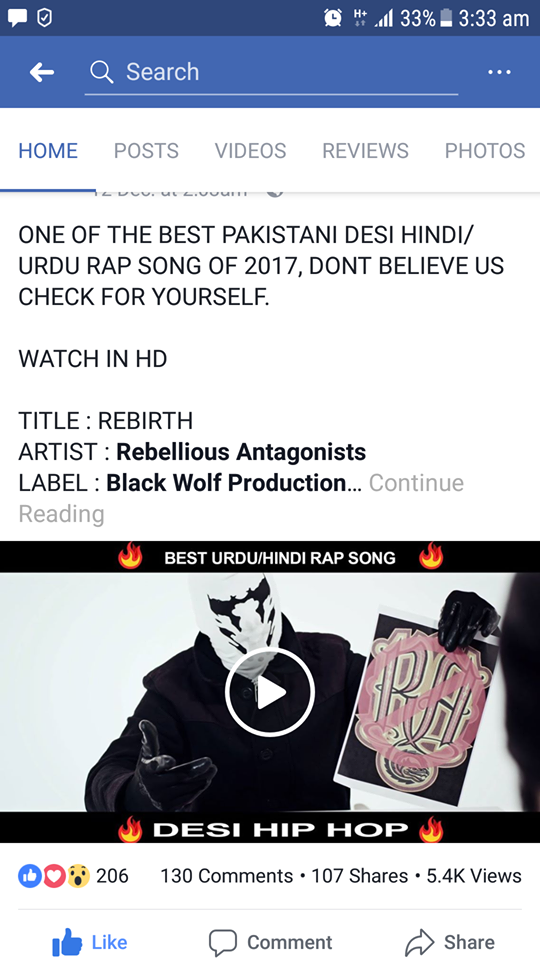
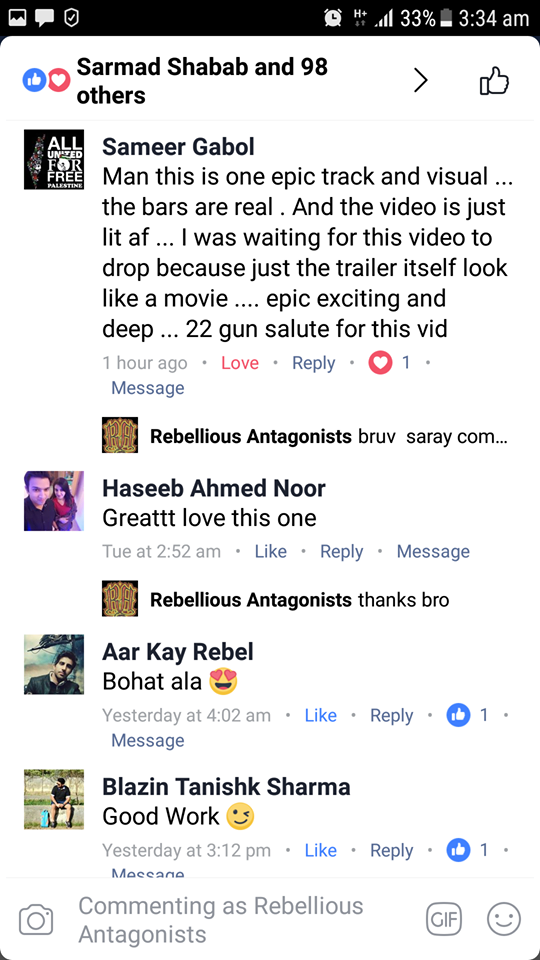
What could’ve been done better and what is commendable.
Overall the first thing that is very obvious is keeping our schedules up to date and keeping our workflow transparent so that when we work with a big crew no one is left behind and every one knows exactly whats going on. Also to work better on our time management and if having better communication with team members even if things are not going well. At the same time I will like to mention that we fixed the issues we had with our member learnt from our mistake which helped us had a better understanding with our new member
I will also like to mention that although we lost a member I still believe we worked really well as a team with our new member and worked well under pressure and not only that we did not compromise on the quality of our work we wanted our projects to be the ones that our teacher would show the next studio 3 trimester and tell them how we managed to come around the problems we faced and still managed to meet the client expectation.
To see our final project please click on the link below
Rebirth

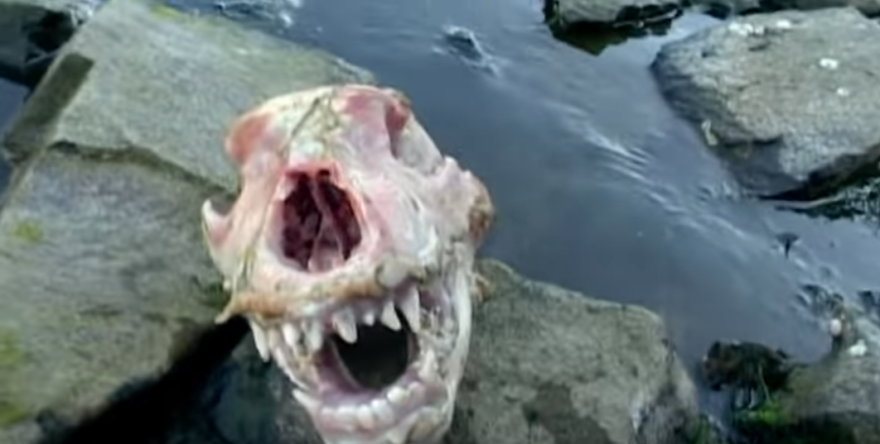 .
.